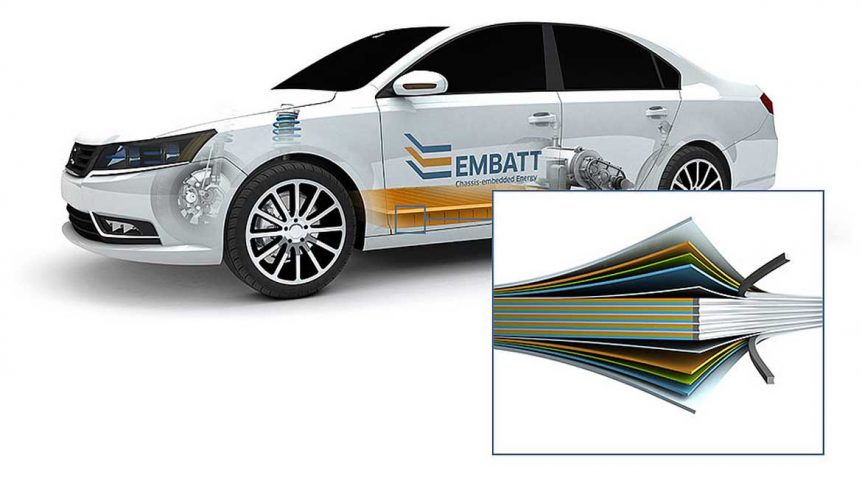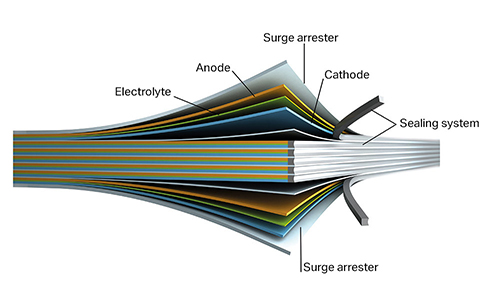No, it’s not the discovery of an unknown Richard Lester film*, but the impending prototype manufacturing collaboration for a battery that promises 450 Watt-hours per liter. Four heavy-hitters in German industry plan on making (fabricating) the flat-panel EMBATT battery into a reality – with all speed. thyssenkrupp System Engineering GmbH, IAV GmbH, Daimler AG, and Fraunhofer IKTS (Institute for Ceramic Technologies and Systems) have teamed up for the “EMBATT-goes-FAB” project sponsored by the Federal Ministry for Economic Affairs and Energy. thyssenkrupp specializes in planning, designing and implementing production lines for cylindrical, pouch, and prismatic batteries, and will apply that expertise to the new format. IAV provides engineering and consulting services to auto makers worldwide, and has a depth of knowledge in battery development. Daimler, of course, would have testbeds ready in car or truck size, and would have a vested interest in seeing batteries that can promise 1,000 kilometer (620 mile) range for their vehicles. Fraunhofer explains the relevant technology …
EMBATT – an Embedded Battery that combines Structure and Energy
Imagine a battery that reduces the overall number of structural parts in an electrical vehicle and the volume taken up by the battery. That’s the concept behind EMBATT (chassis embedded battery), which functions as structural energy storage. It can cut the volume occupied by a battery in half, with serendipitous outcomes for lightness and structural efficiency. This is similar to NASA-backed research on cubesat walls that also function as energy storage structures. IAV is a German firm that provides consultation and partnerships with leading automotive companies. It specializes in synergistic concepts and system-level thinking. The company, working with Fraunhofer Institute for Ceramic Technologies and Systems IKTS in Dresden, and Thyssen Krupp System Engineering ,“Want[s] to use our experience from automotive development for renewable energies and decentralized energy supply.” It sees strong links between these endeavors, and works to combine technologies that will enable greater efficiency. Think of a Tesla battery pack, composed of individual cells connected in series and parallel …


